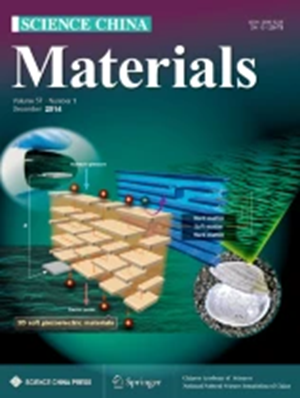Reversible modulation of circularly polarized luminescence in chiral molecular cage-based supramolecular assemblies
Abstract
Supramolecular materials exhibiting reversible circularly polarized luminescence (CPL) are of great interest for their potential applications in the development of 3D display technology and information encryption. In this work, we synthesize a pair of molecular cage enantiomers constructed from (2R)/(2S)-diaminocyclohexane-functionalized naphthalenediimide units ((4R/S)Cy-NDIDA) and fluorescent tris(4-formylphenyl)amine (TPA) components. The cage exhibits extremely weak fluorescence emission in both liquid and solid states. Notably, the introduction of tris(pentafluorophenyl)borane (TFPB) as a guest molecule gradually activates the photoluminescence (PL) and CPL signals of the chiral cage via host-guest interaction. Furthermore, photochromic diarylethene (DAE) is incorporated into the system. The reversible isomerization of DAE under light irradiation enables dynamic control of Förster resonance energy transfer (FRET) interactions with the host-guest complex, resulting in switchable fluorescence quenching and recovery. This precise strategy for controlling dynamic CPL switching of the chiral molecular cage offers a novel strategy for the development of supramolecular CPL systems.

 求助内容:
求助内容: 应助结果提醒方式:
应助结果提醒方式:


